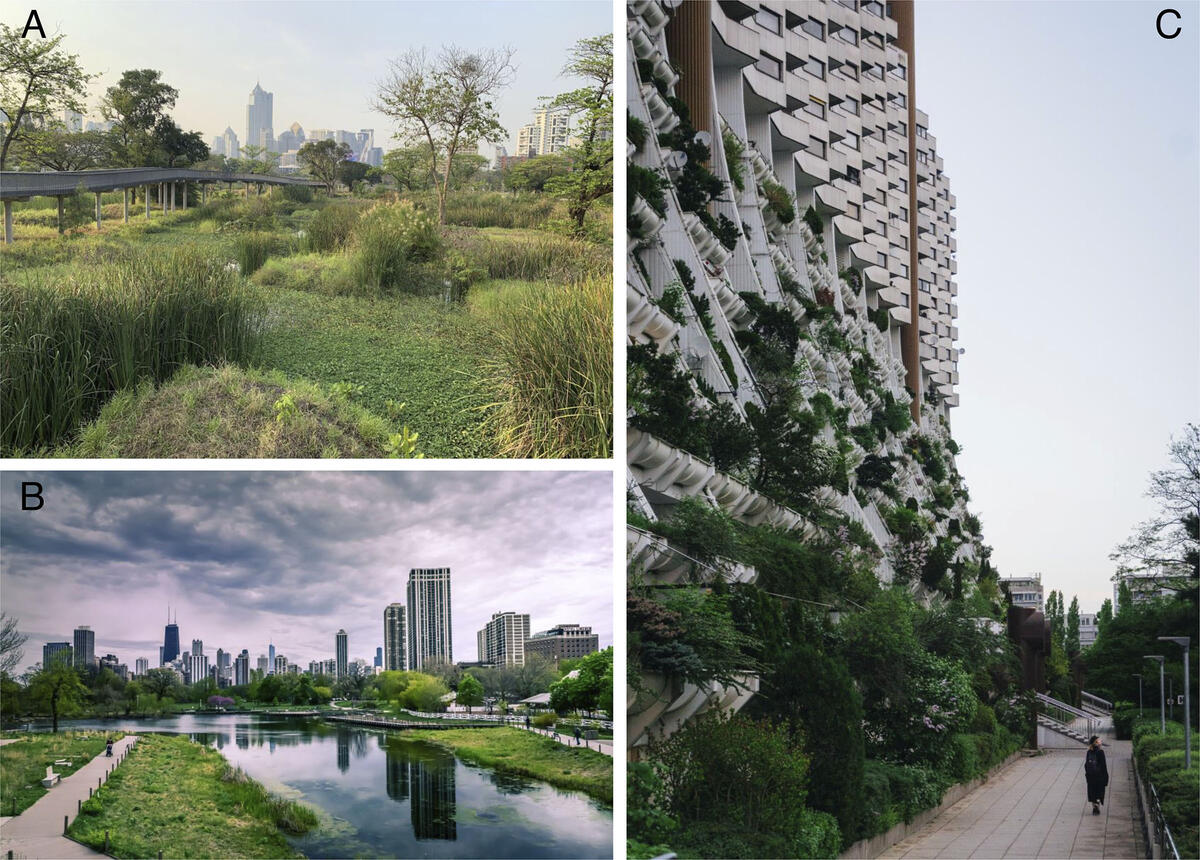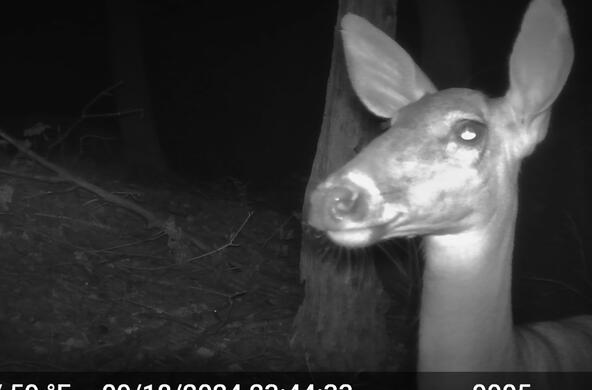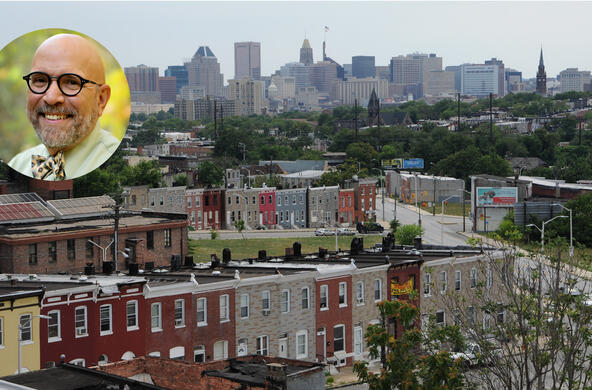As extreme heat, flooding, and other climate-related hazards intensify, cities are turning to nature-based solutions—such as tree cover, green roofs, wetlands, and bioswales—to strengthen resilience and protect people. But the effectiveness of these interventions depends on how well they are adapted to local ecological, social, and technological systems.
A new Proceedings of the National Academy of Sciences special feature, emphasizes that while nature-based solutions can meet multiple needs and be cost-effective, without proper planning and evaluation, they can also reinforce inequities.
Through a series of five papers, the issue’s authors provide tools, frameworks, and forward-looking insights to help cities avoid these risks while advancing equity, public health, and long-term climate resilience.
Timon McPhearson, a Cary Institute Fellow who directs the Urban Systems Lab at New York University, edited the issue with Nancy B. Grimm of Arizona State University. He comments, “It is imperative that we scale up investments in nature-based solutions to address the increasing climate, equity, and health challenges facing cities, and for the people living in them, all around the world.“
This issue builds on the work of NATURA—Nature-based Solutions for Urban Resilience in the Anthropocene—a global “network of networks” supported by the US National Science Foundation. NATURA brings together over 45 partner networks from seven world regions to connect scientists, city officials, community leaders, and design professionals working on urban nature-based solutions.

Elizabeth Cook, an urban ecosystem scientist at Cary Institute, explains, “NATURA is unique in drawing together and leveraging a global network of collaborators in research and practice to unlock the potential of nature-based solutions in cities to address equity and climate resilience challenges.”
Many of the authors featured in this issue are early-career scholars and practitioners engaged in the NATURA community, representing a diverse array of geographic and disciplinary perspectives. Learn more at https://natura-net.org/
Cook authored the introduction to the issue. Among other things, it highlights the need for more inclusive engagement strategies that foster community involvement in planning, implementation, and stewardship of nature-based solutions, ensuring that residents are both engaged in and benefit from projects. Another major challenge noted: the gap between scientific research on nature-based solutions and their practical application.
McPhearson led a synthesis that identified eight key obstacles in scaling urban nature-based solutions in the Global North and South. They include mismatches between project design and local context, persistent exclusion and inequity in implementation, and fragmented governance structures. To move forward, three critical pathways are recommended: establishing global networks for knowledge-sharing, adopting systems-based approaches to financing, and creating regionally adapted strategies that bridge research and practice.
Other contributions include a perspective piece by Melissa Nelson and Graeme Reed, which brings forward an Indigenous framing for nature-based solutions. Further, Loan Diep and McPhearson, informed by the IPCC’s Sixth Assessment, emphasize the climate adaptation potential of nature-based solutions, sharing international case studies and clear recommendations for local governments. Finally, Niki Frantzeskaki et al. advocate for interdisciplinary and justice-centered approaches to nature-based solutions.
The feature’s goal is to explore how nature-based solutions can help improve urban resilience and sustainability under climate change, while restoring ecological functions and benefiting people and communities. Together, the collection emphasizes the need to equitably scale up the impact of nature-based solutions across different global contexts through further interdisciplinary research, participatory governance, and integration of diverse knowledge systems, including Indigenous knowledge systems.
Citation
E.M. Cook, Y. Kim, N.B. Grimm, T. McPhearson, P. Anderson, H. Bulkeley, M.J. Collier, L. Diep, J. Morató, & W. Zhou, Nature-based solutions for urban sustainability, Proc. Natl. Acad. Sci. U.S.A. 122 (29) e2315909122, https://doi.org/10.1073/pnas.2315909122 (2025).






